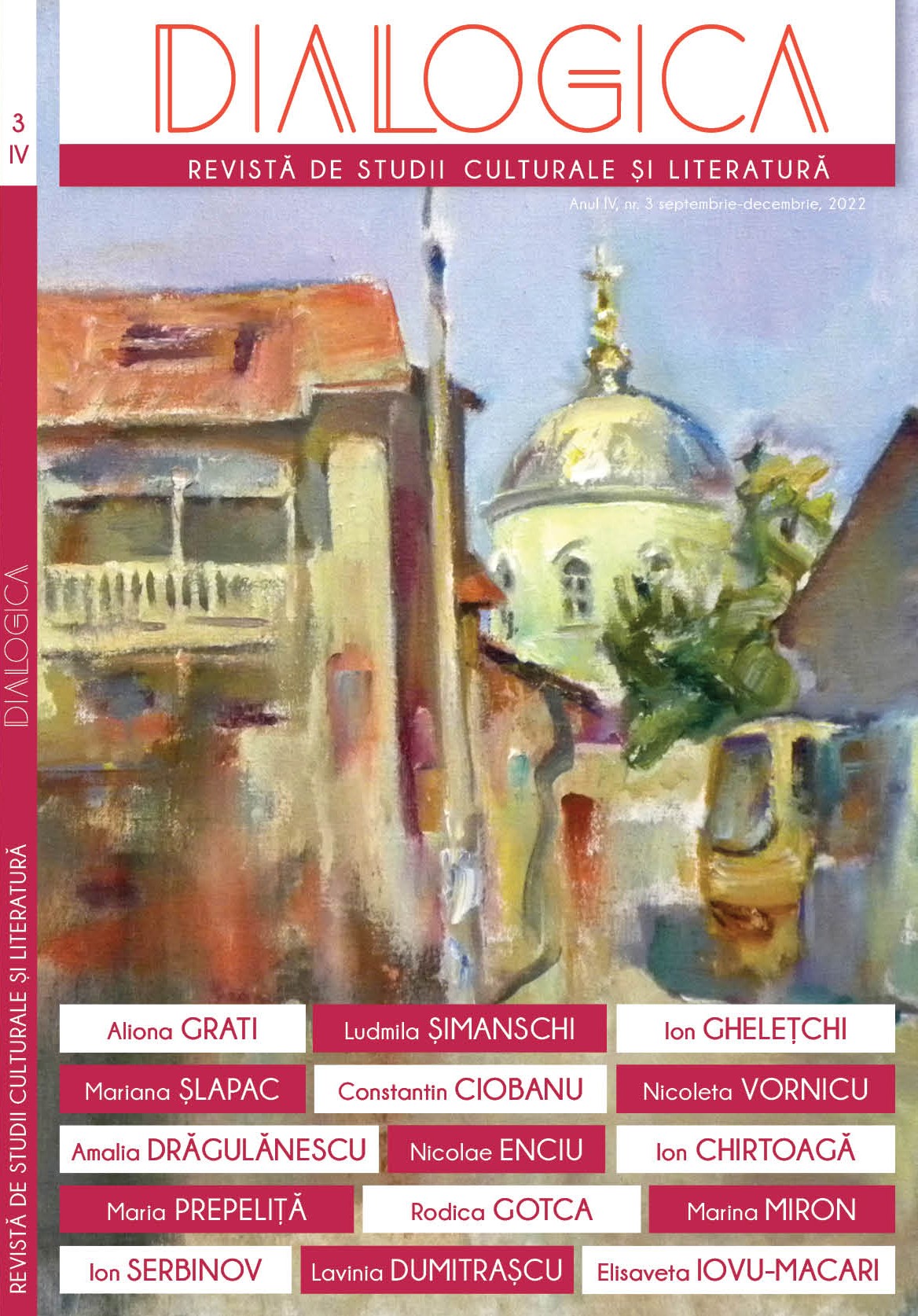Evoluţia arhitectural-urbanistică a oraşului cahul în secolul al XIX-lea
The architectural-urban evolution of the cahul town in the 19th century
Author(s): Mariana Șlapac, Alla CeastinaSubject(s): Fine Arts / Performing Arts, Cultural history, Architecture, 19th Century
Published by: ArtPoligraf SRL
Keywords: Cahul; Bessarabia; architecture; town-planning; Pavel Fedorov; Stepan Mikulin; Bogdan Eitner;
Summary/Abstract: The town Cahul was conceived by the Russian military engineers as a model locality for the settlement of colonists at the south of Bessarabia. It was established on the site of the Frumoasa rural settlement, in which the military governor of Bessarabia, General Pavel Fedorov, contributed to the development of this town. The first topographic and systematization plans of it were made in 1840 by the county cadastral engineer Stepan Mikulin and another cadastral engineer of the Bessarabia region, Bogdan Eitner. The plan of the county town of Cahul was examined several times at the Ministry of Internal Affairs of the Russian Empire and confirmed on February 9, 1845. This urban planning document approved by Tsar Nicholay I and the Minister of Internal Affairs Lev Perovski, was characterized by an accentuated schematization. A “revival” of the orthogonal monotony could be observed in the southwest part of the settlement. The new center of the town was made up of the Cathedral Square. In 1850, on the site of the old wooden church built in 1785, the cathedral of St. Archangels Michael and Gavriil was erected as the compositional center of the entire urban settlement, and in 1856–1858 the Lipovan church of the Protection of the Mother of God. The Bazar Square, Gostinyi Dvor Square, Hay Square and the public garden appeared in the town.
Journal: DIALOGICA Revistă de studii culturale și literatură
- Issue Year: IV/2022
- Issue No: 3
- Page Range: 38-44
- Page Count: 7
- Language: Romanian

